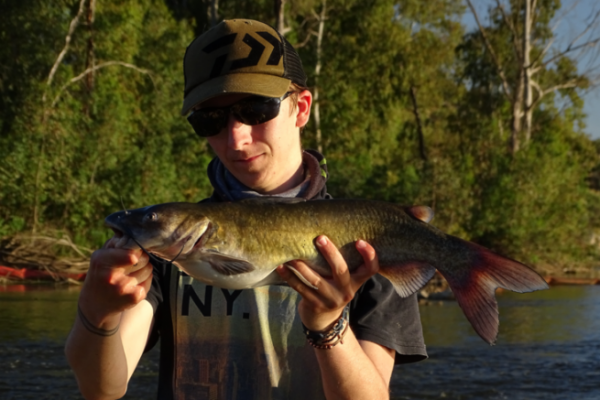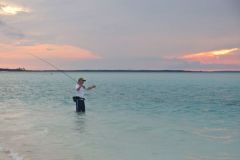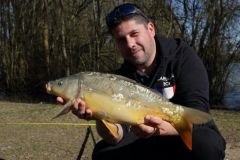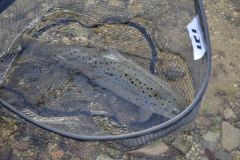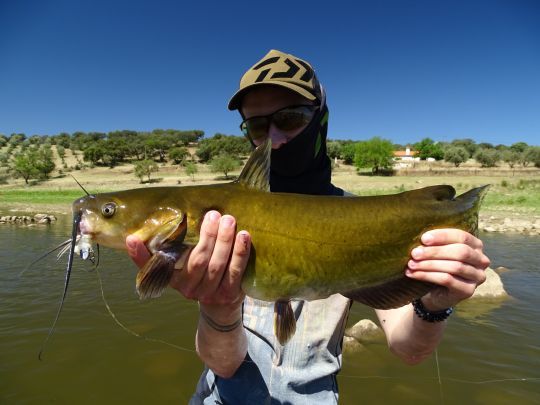
The channel catfish (Ictalurus punctatus) also called channel catfish, is a fish of the family Ictaluridae. A fish with an atypical profile with its two barbels on the upper jaw and four barbels on the lower jaw. The upper jaw is longer than the lower jaw. There are spines on its pectoral and dorsal fins. The particularity for this catfish is to have a forked caudal fin of unequal length. Its body is olive green to blue passing through black, with a rather white belly. The channel catfish can reach 50 cm and weigh more than 2 kilos. It can live more than 10 years.
An omnivorous fish that expands its territory
Insects, fish, plants, crustaceans, the channel catfish is an opportunistic fish. It is also a voracious fish that can have an impact on endemic species. It is present in lakes and rivers with slow or moderate flows. It is able to survive in brackish or even salty waters. It appreciates the holes of water to the muddy sandy bottom. It is found in Spain, Romania, Czech Republic, Slovakia and Cyprus. It is very present in some places of Portugal and its population tends to increase considerably in all the Iberian peninsula.
Reproduction
After a long courtship, breeding takes place in late spring or early summer. When the water is above 20 degrees, spawning can begin. As for the black bass, it is the males that are in charge of watching the nest. The nests are most often located in areas with little sunlight and obstructed (branches, caves, hollow banksâeuros¦).
Channel catfish fishing
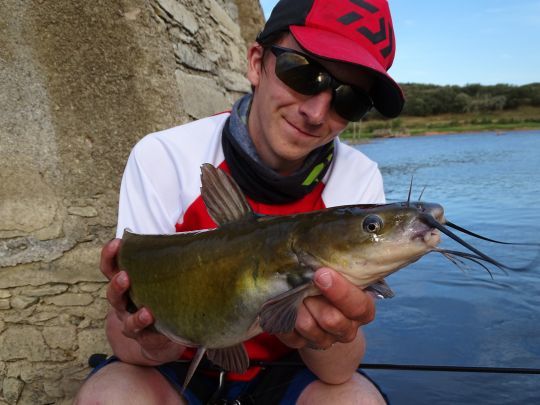
The best technique to fish for channel catfish remains bait fishing. Opportunistic fish, the channel catfish appreciates earthworms, shrimps, fatty fish (sardines or mackerel). It is a fish that has a very developed sense of smell, a bait can be useful if you have to move the fish. The channel catfish is eager for scented bait. The bites offered can be large because of their large mouths. Once the fish has taken the bait, a strong strike is needed to get the hook into the thick mouth.
